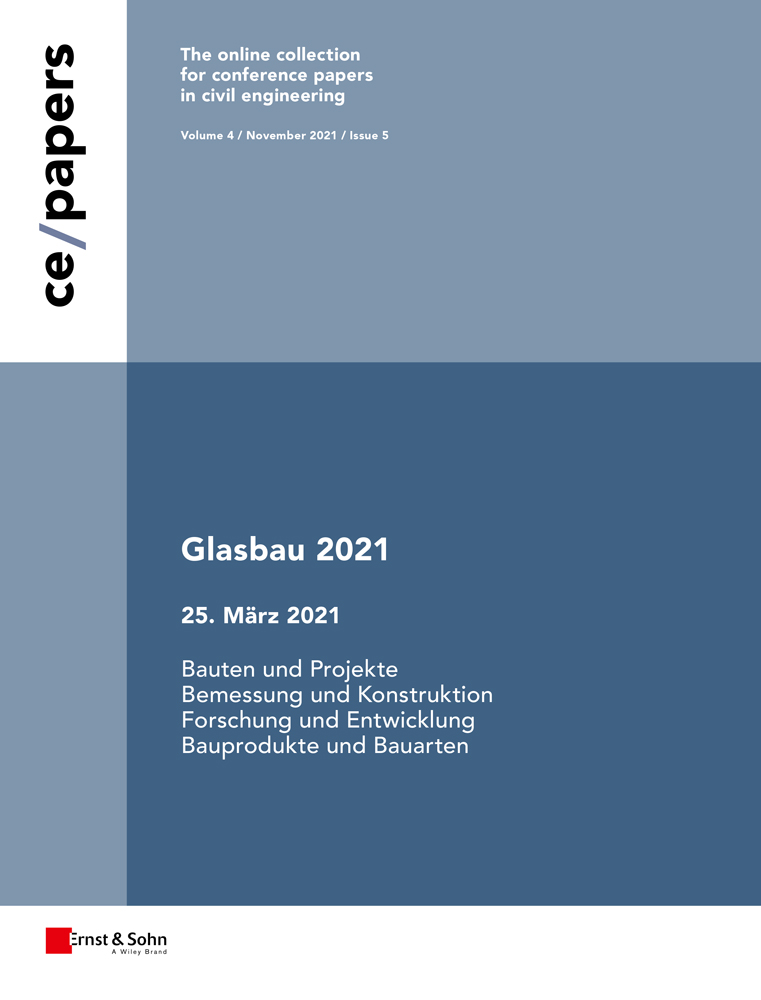Planungsschritte zur Umsetzung eines Ganzglaspavillons nach dem Faltwerkprinzip
Abstract
Anhand eines Beispielprojektes werden in diesem Beitrag die einzelnen Planungsschritte und die damit verbundenen Herausforderungen bei der Konzeption einer gläsernen Faltwerkkonstruktion beleuchtet. Dabei werden, angefangen beim architektonischen Entwurf bis hin zur statischen Bemessung und näheren Betrachtung des Verbindungsdetails, hilfreiche Planungstools und deren Grenzen vorgestellt. Neben ästhetischen und statischen Gesichtspunkten werden auch wirtschaftliche und konstruktive Aspekte der Umsetzung erörtert. Der Beitrag liefert eine Begründung, weshalb Faltwerke bisher nur selten und in wenig komplexer Ausführung Anwendung im Glasbau finden. In dieser Hinsicht zeigt sich insbesondere das Verbindungsdetail als kritische Komponente.
The planning process of a glass folded plate pavilion. By the means of a specific project example this article aims to examine the planning steps and arising challenges when designing a glass folded plate structure. From the architectural to the structural design over a closer look into the connection detail helpful planning tools and their limits will be presented. Besides aesthetic and static aspects also economic factors and challenges concerning the constructive application will be addressed, aiming to give reasons why the surface-active structural type of folded plates has yet only been scarcely represented in glass construction. Especially the connection detail reveals itself to be a critical component.




